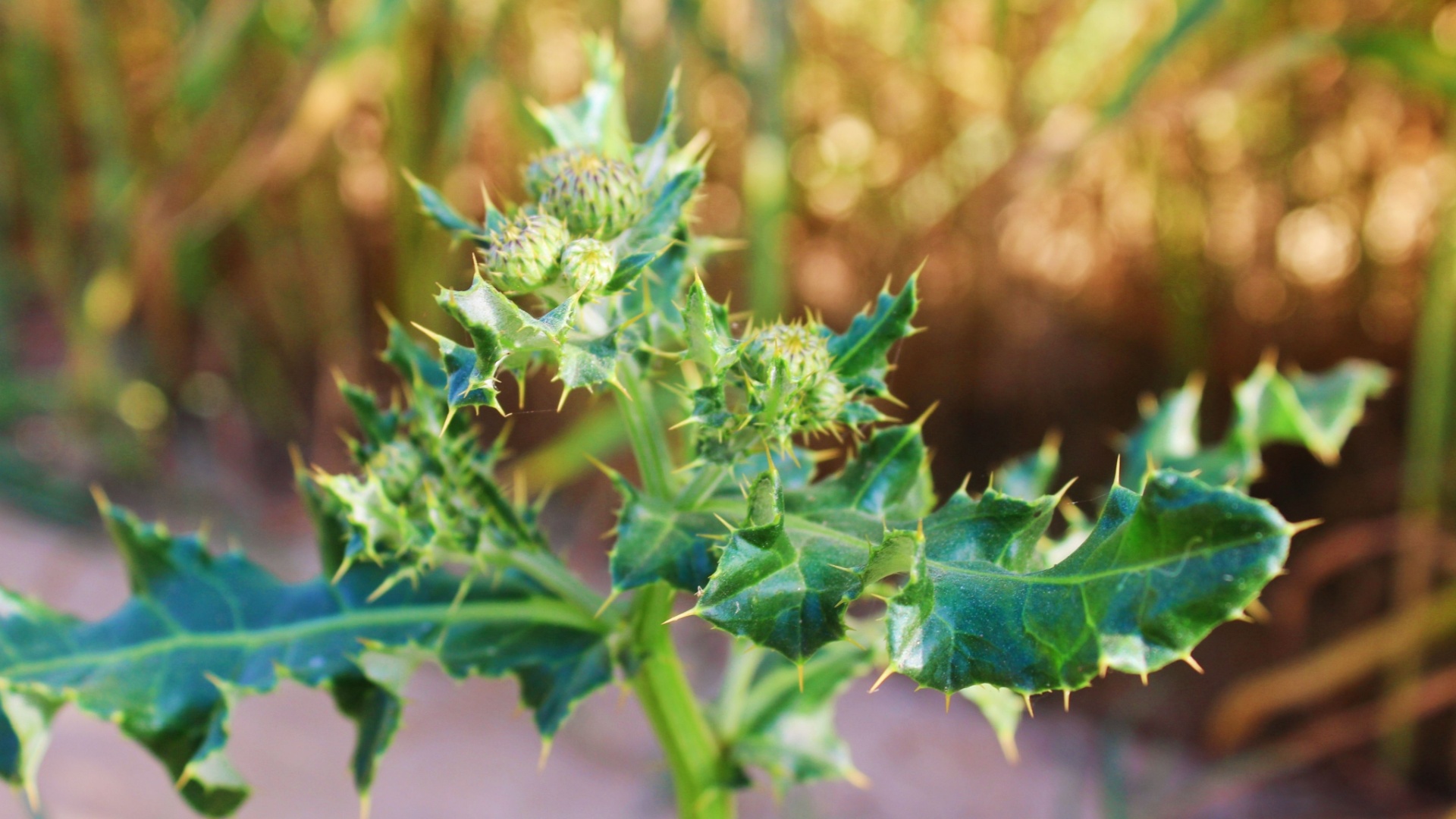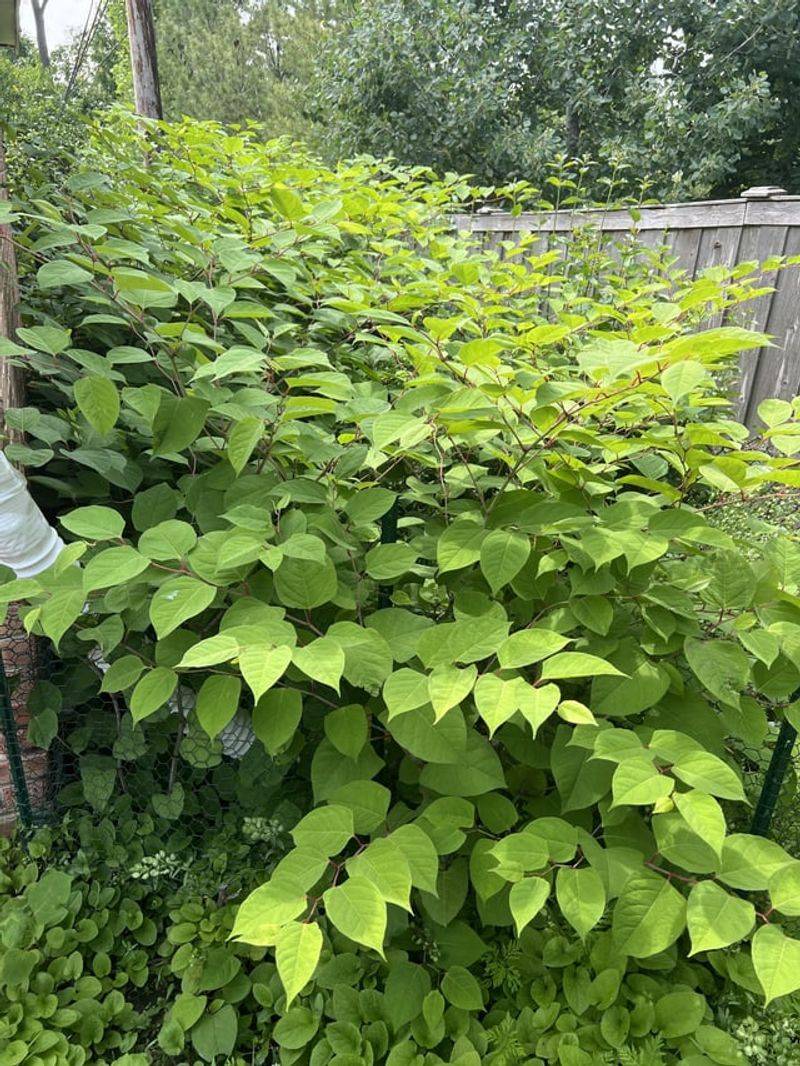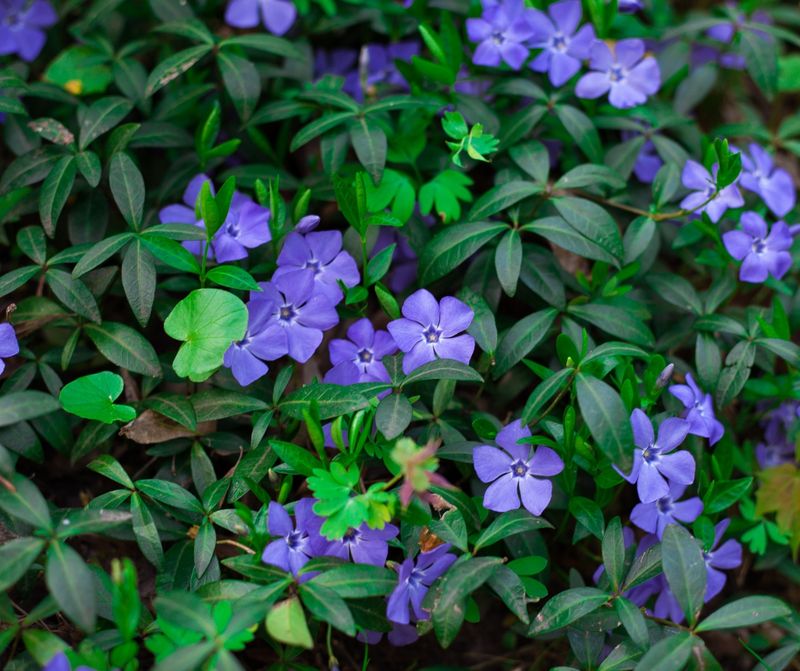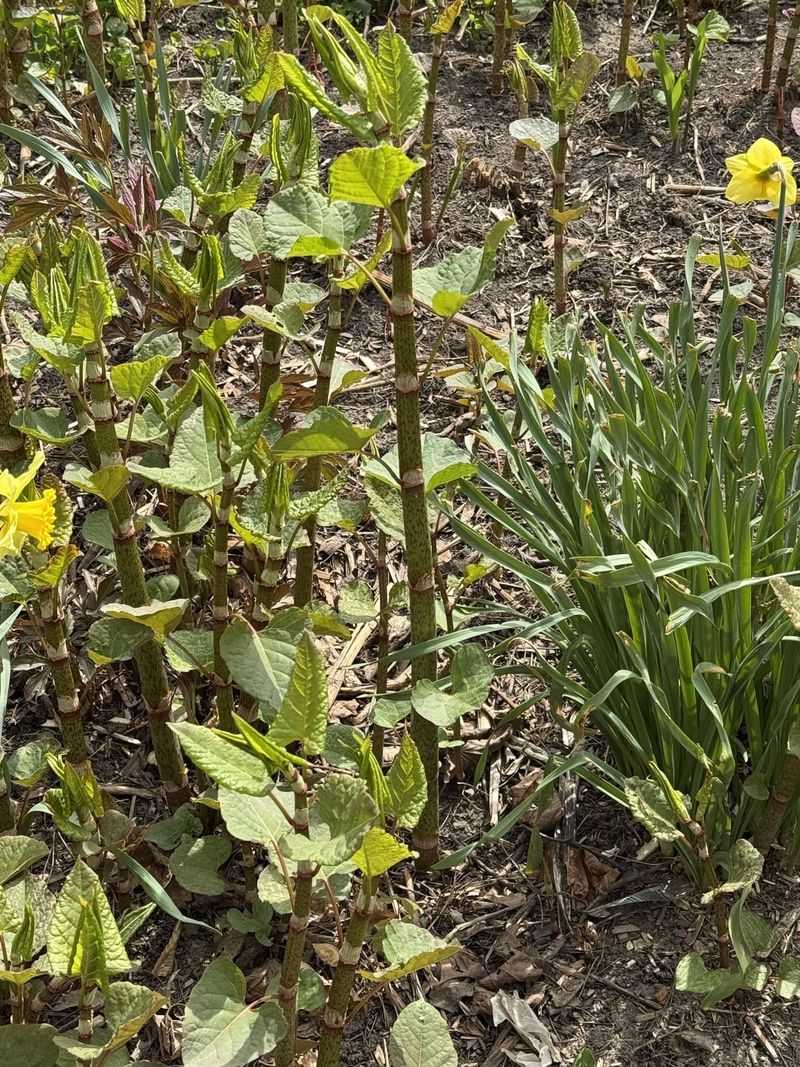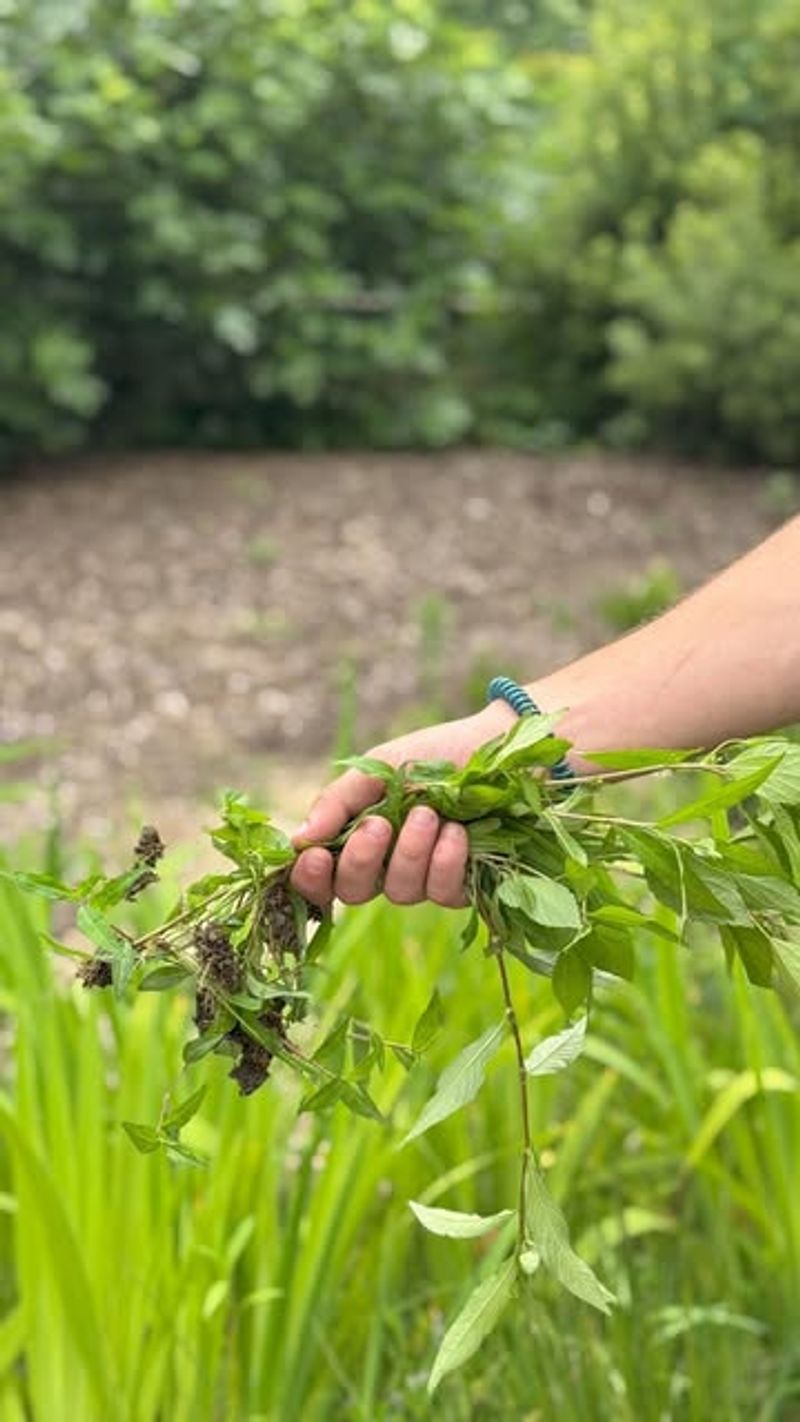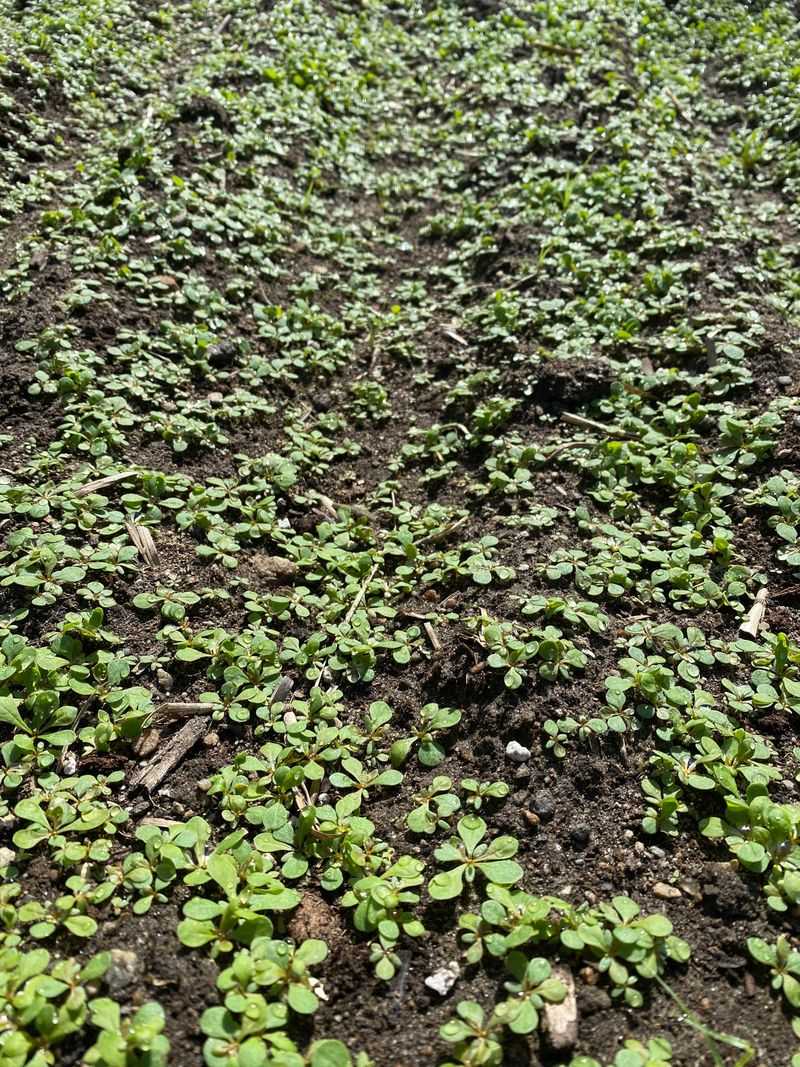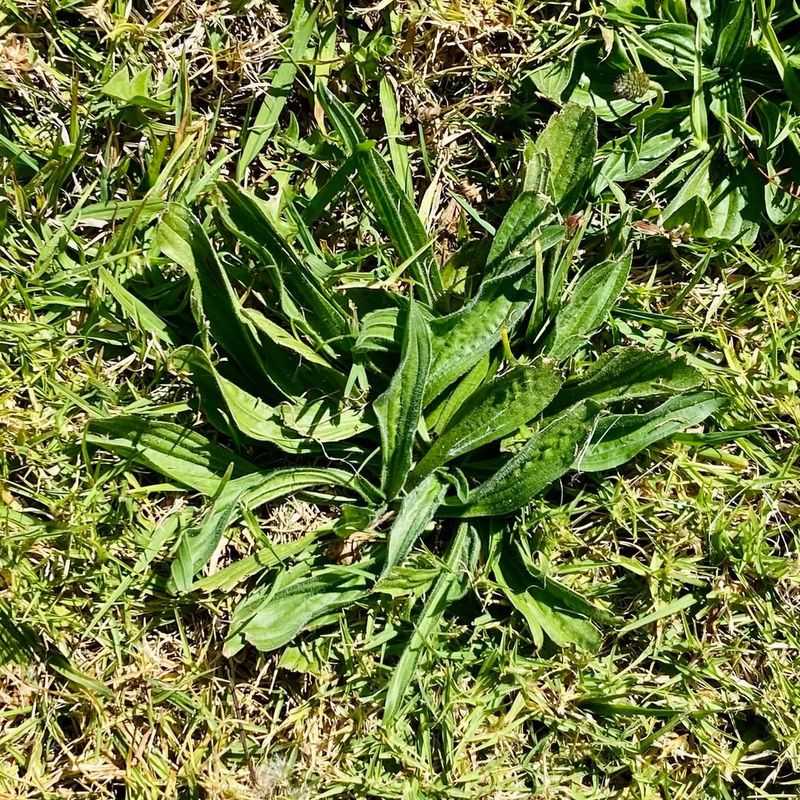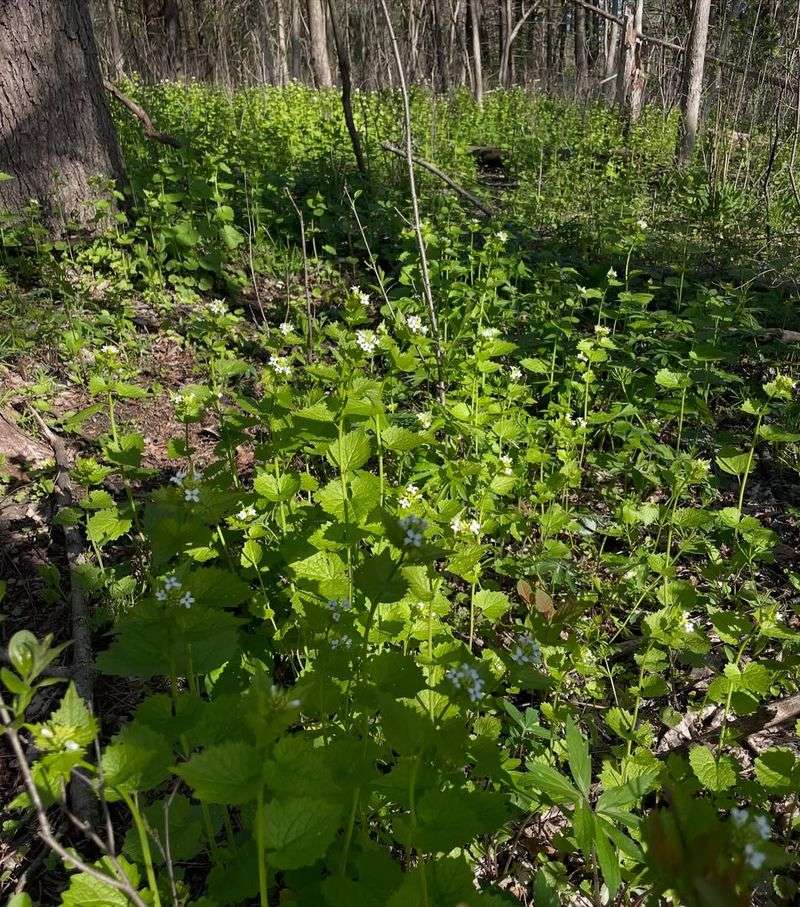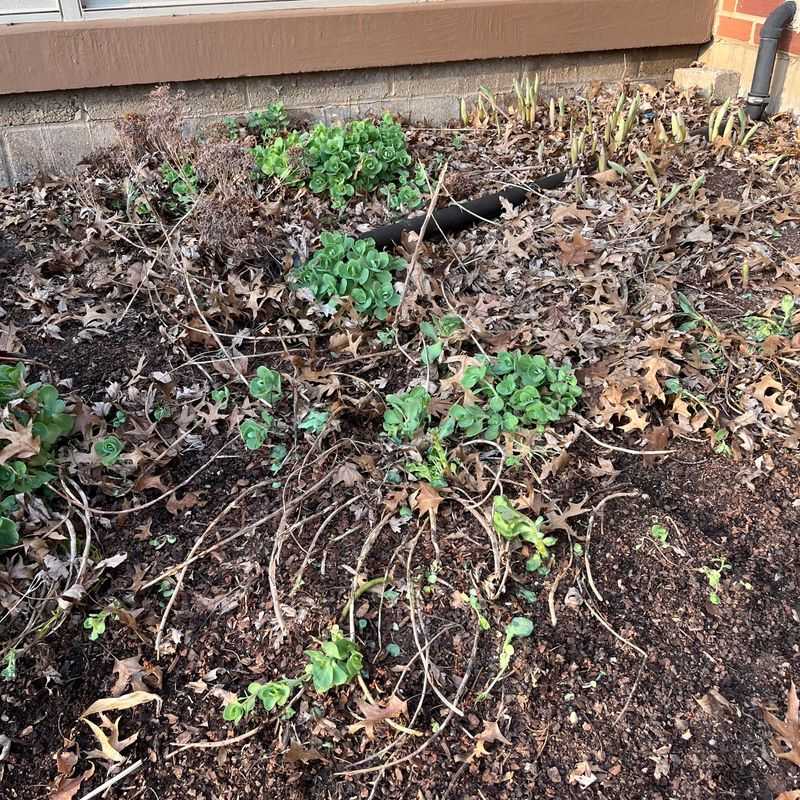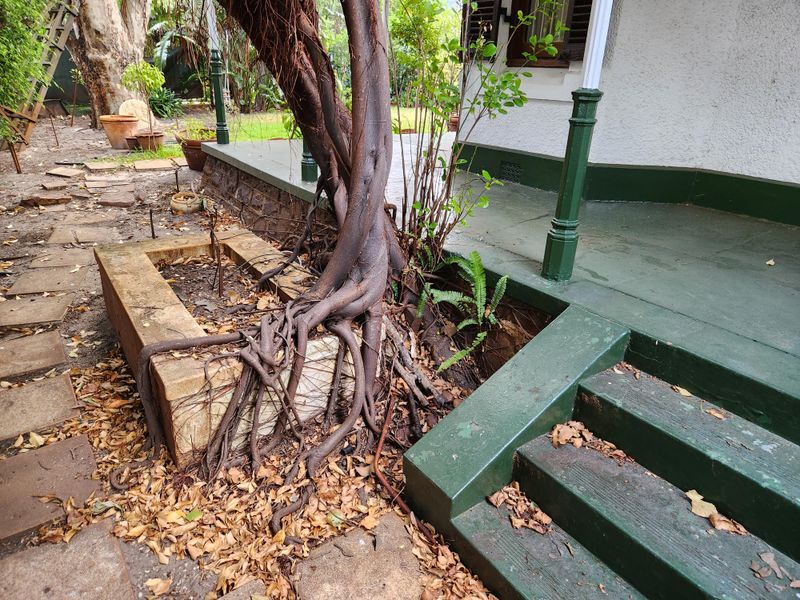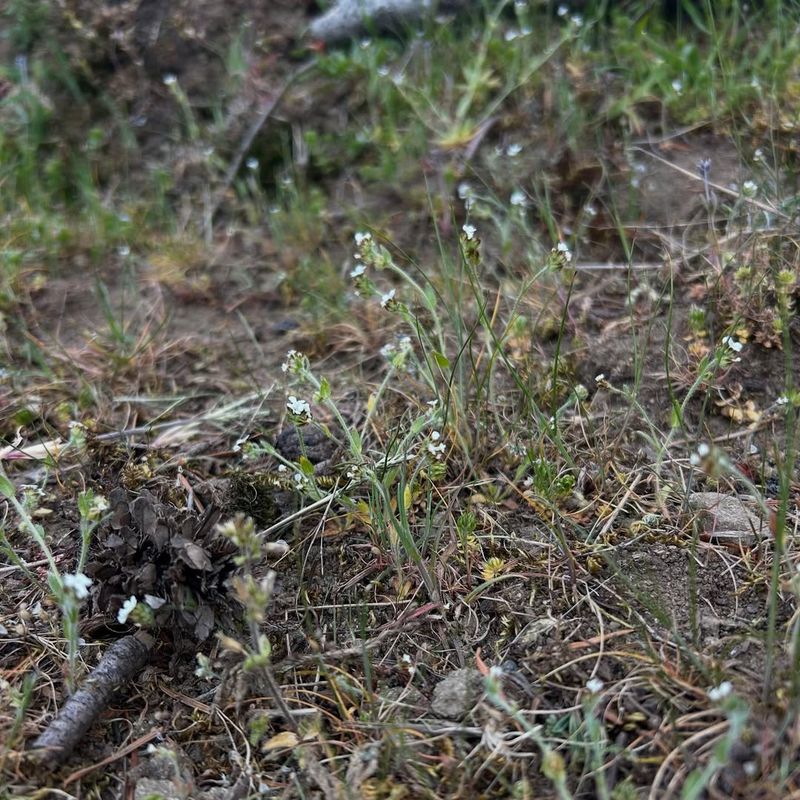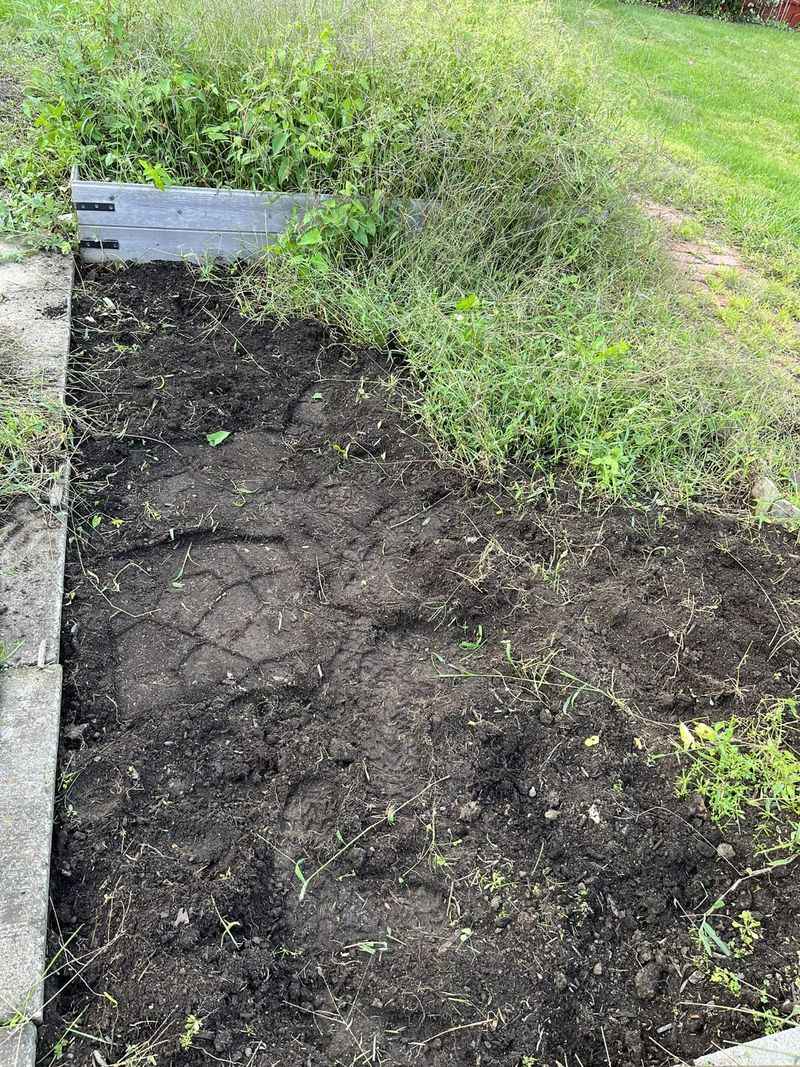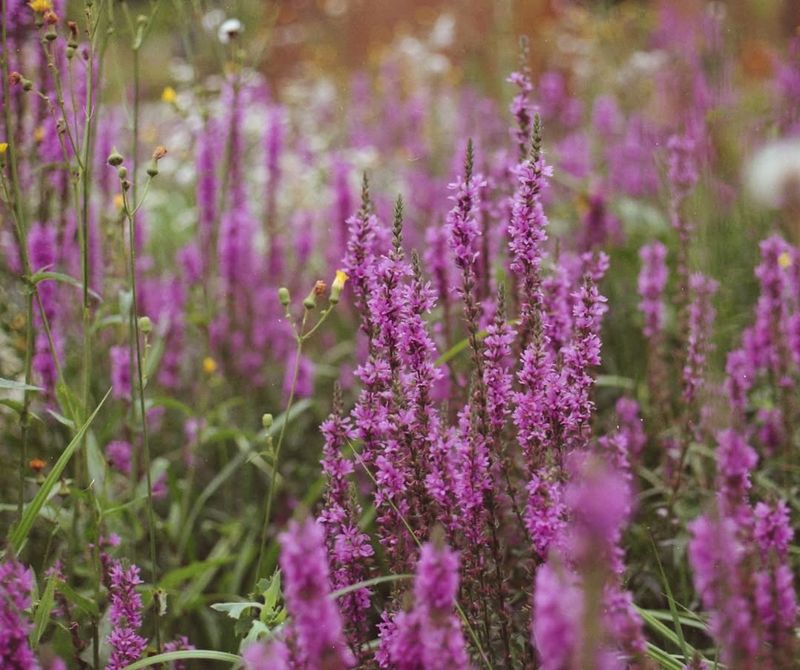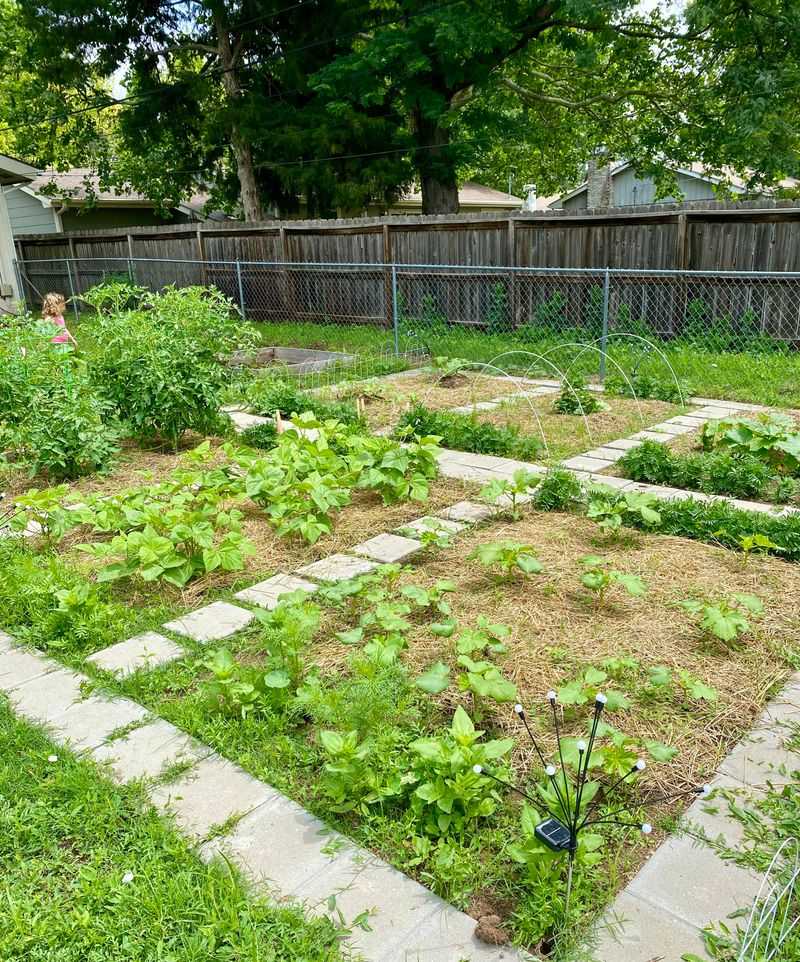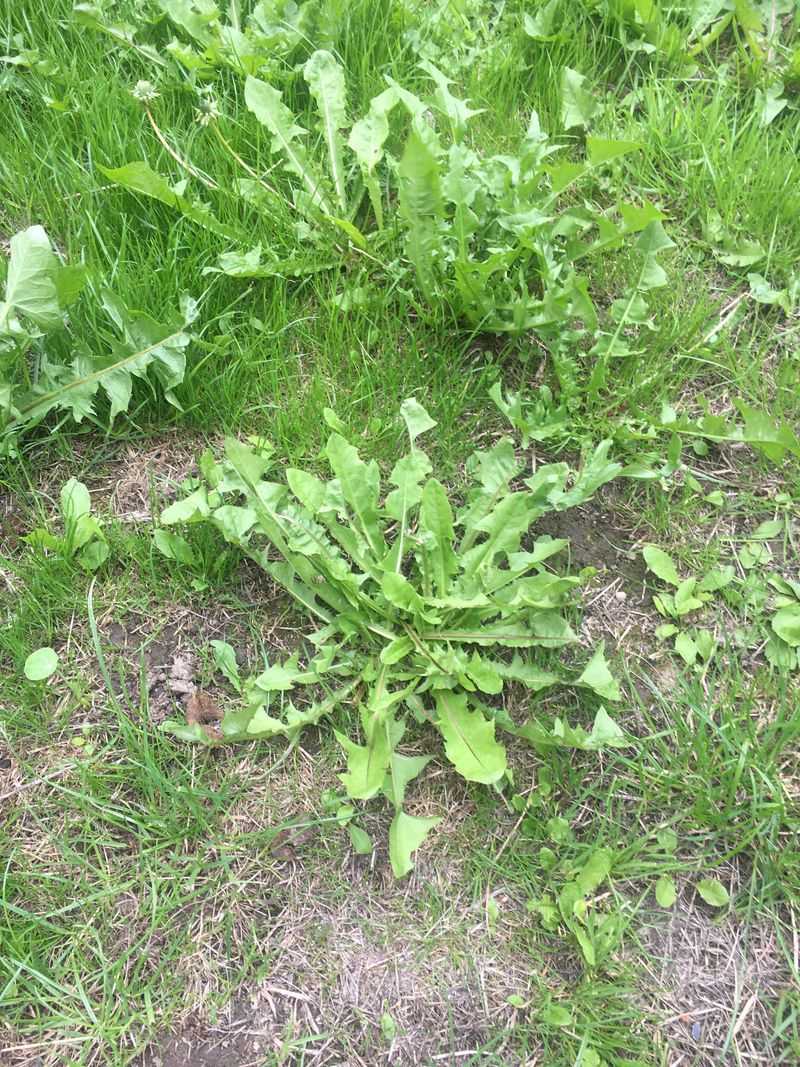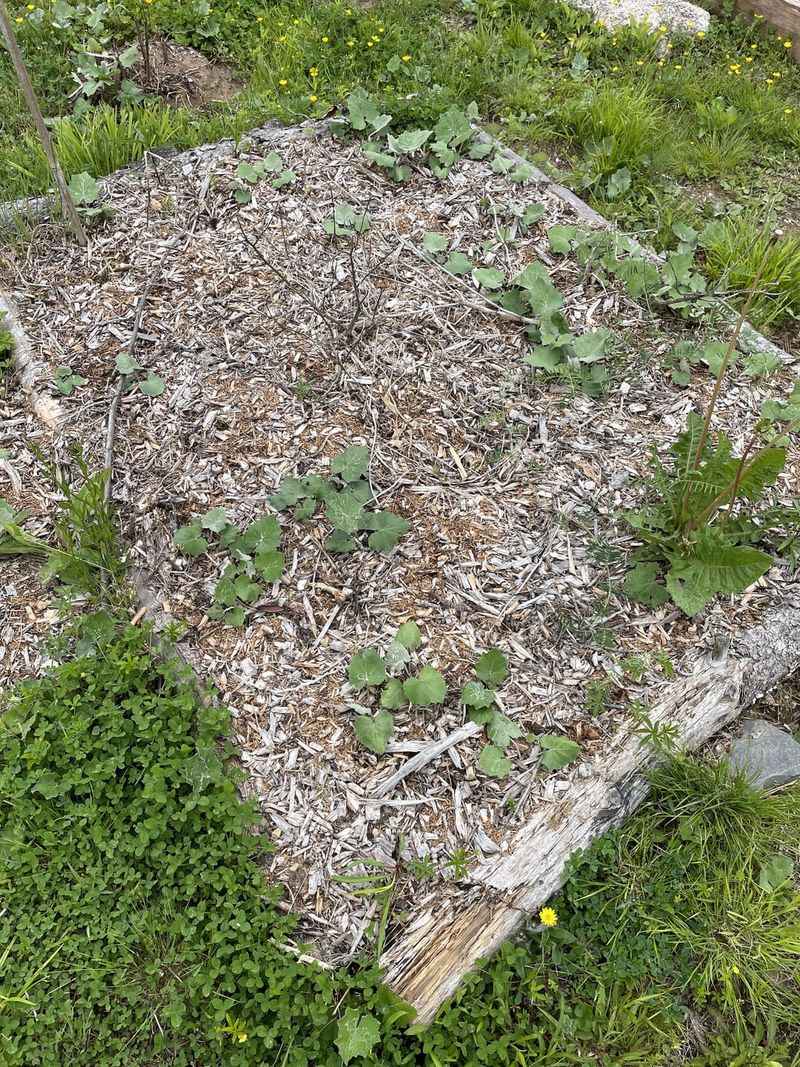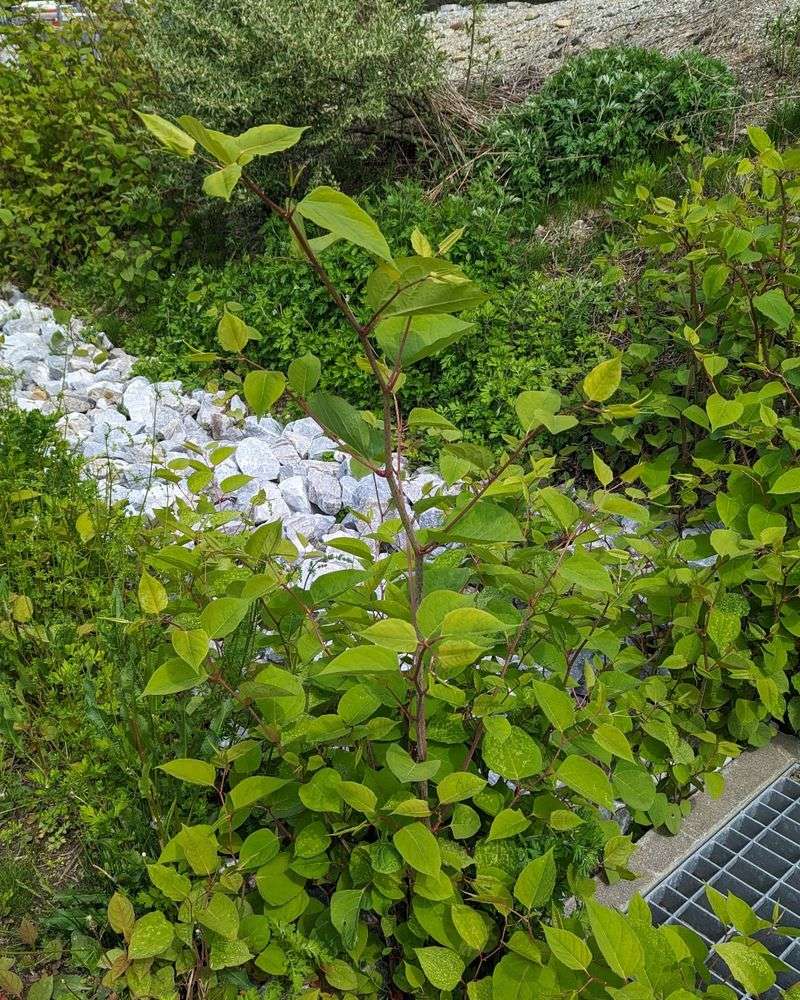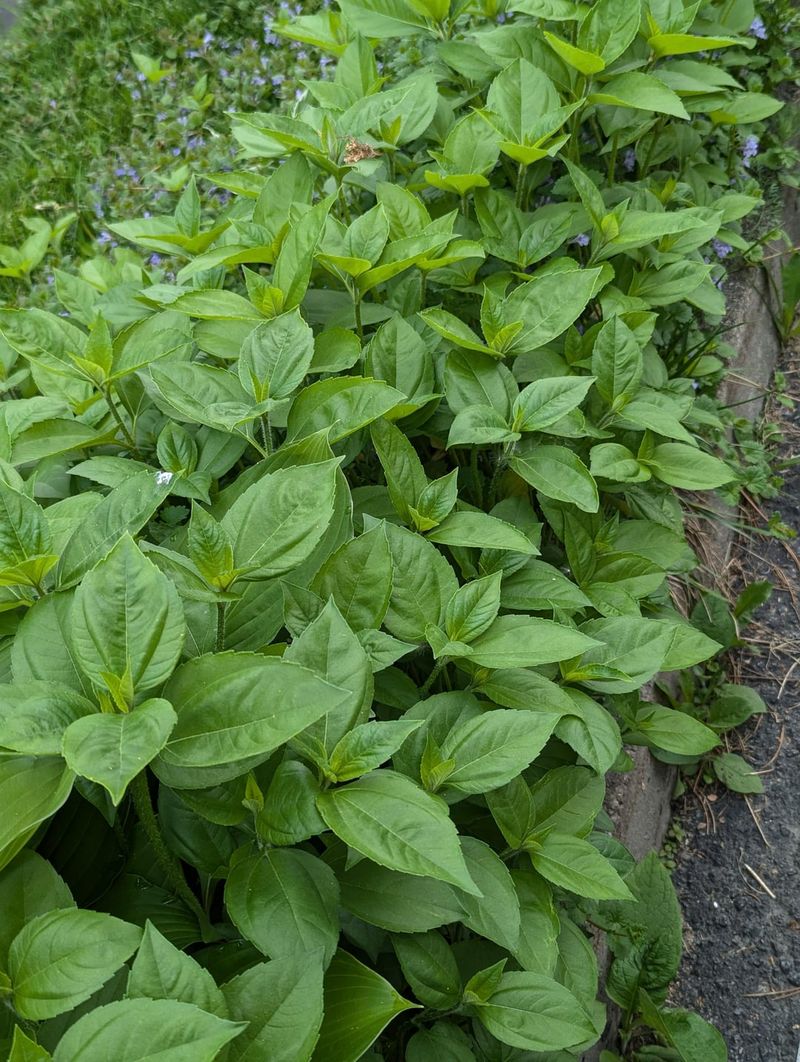Your garden may look lush and thriving—but behind the greenery, trouble could be taking root. Invasive plants don’t always show up waving red flags. Sometimes they creep in slowly, outcompeting your prized plants, draining soil nutrients, and turning your garden into a battleground.
These 17 sneaky signs will help you spot the invaders early—and show you exactly what to do before they take over for good.
1. Rapid Growth Seemingly Overnight
Plants that grow several inches in just a few days might be invasive troublemakers. Normal garden plants have reasonable growth patterns, but invasives seem to explode with new shoots and leaves at an alarming pace.
Combat this by monitoring growth rates and immediately removing suspiciously fast-growing newcomers. Dig them out completely, making sure to get all roots and rhizomes. For larger infestations, covering the area with cardboard topped with mulch can smother aggressive growers.
2. Spreading Beyond Original Planting Area
Garden plants that ignore boundaries and pop up far from where you planted them are waving red flags. You might notice seedlings appearing in pathways, lawn areas, or even in neighbors’ yards without any help from you.
Regular border patrols around your garden beds help catch wanderers early. Pull them immediately while they’re small and manageable. Consider installing physical barriers like deep edging (8-12 inches deep) to prevent underground spreaders from escaping their designated areas.
3. Unusual Resistance to Herbicides
Applied weed killer but the plant bounced back stronger? Many invasive species laugh at standard herbicides. What kills your desired plants barely phases these tough invaders.
Try mechanical removal instead – digging, pulling, or cutting repeatedly to exhaust the plant’s energy reserves. For stubborn cases, specialized herbicides designed for specific invasive species might be necessary. Always read labels carefully and consider consulting local extension offices for targeted advice on particularly resistant species.
4. Thick, Matted Root Systems
Dig around a suspicious plant and discover a dense network of roots that seems to go on forever? You’re likely dealing with an invasive. These root mats can be so thick they resemble carpet and may snap back when pulled.
Persistence is key here. Dig out as much of the root system as possible, then monitor regularly for regrowth. For severe infestations, solarization works well – cover the area with clear plastic during hot months to cook roots. Repeated cutting of any new growth eventually exhausts even the most stubborn root systems.
5. Smothering or Climbing Over Other Plants
Vines or spreading plants that crawl over and smother neighboring plants are classic invasive behavior. They literally steal light from your garden favorites, weakening and eventually killing them.
Regular inspection helps catch these bullies early. Cut back aggressive climbers at the base and carefully remove them from desired plants. For ground-covering invaders, use landscape fabric in strategic areas to prevent them from advancing. Remember that many climbing invasives can regrow from tiny fragments, so dispose of cuttings properly.
6. Prolific Seed Production
Plants covered with countless seeds or berries that seem to sprout everywhere deserve your suspicion. Some invasives produce thousands of seeds per plant, creating new generations faster than you can remove them.
Remove flower heads before they set seed to break the reproductive cycle. Mulch heavily around desired plants to prevent seeds from reaching soil and germinating. For areas already infested with seeds, flame weeding can help destroy the seed bank in the soil, though it requires appropriate safety precautions.
7. Unusual Season Length
Notice plants that stay green long after others have died back for winter? Or ones that emerge suspiciously early in spring? Extended growing seasons give invasives a competitive edge over native plants.
Use this trait against them by targeting removal efforts during these extended seasons. Fall is perfect for attacking plants still active when others are dormant. Similarly, early spring removal works well before other garden activities begin. These timing strategies help prevent invasives from establishing their seasonal advantage.
8. Birds and Wildlife Avoid It
Gardens should buzz with life, so when birds and insects avoid certain plants, take notice. Many invasives evolved chemical defenses that local wildlife hasn’t adapted to, creating dead zones in your garden ecosystem.
Replace these botanical pariahs with native alternatives that support local wildlife. Research shows native plants support up to 4 times more beneficial insects and birds. Your local extension office can recommend specific native alternatives that fulfill the same garden function while supporting biodiversity.
9. Damage to Structures or Hardscaping
Plants that crack concrete, push through asphalt, or damage fences demonstrate alarming vigor. These structural invaders have root systems powerful enough to compromise foundations and underground utilities.
Create root barriers using metal or high-density plastic sheets buried 18-24 inches deep around vulnerable structures. For existing problems, carefully cut back the plant and dig out as much of the root system as possible. Professional help might be necessary for invasives threatening home foundations or utilities.
10. Thrives in Disturbed Soil
Mysteriously robust plants appearing in freshly dug areas or along new garden edges often signal invasive species. They’ve evolved to quickly colonize disturbed soil before other plants can establish.
Minimize soil disturbance when possible, and immediately mulch or plant newly worked areas. Cover exposed soil with cardboard topped with mulch between plantings to deny invasives their opportunity. When creating new garden beds, solarize the soil first by covering with clear plastic for 4-6 weeks during hot weather.
11. Allelopathic Properties
Notice a plant surrounded by bare soil where nothing else grows? It might be releasing chemicals that prevent competition. This chemical warfare, called allelopathy, gives invasives a powerful advantage.
Remove these botanical bullies completely, including all root fragments. Afterward, refresh the soil with compost and activated charcoal to neutralize remaining chemicals. Wait several weeks before replanting the area, and consider starting with tough native plants known for their resilience. Test the soil recovery by planting a few bean seeds – if they grow normally, the area is ready.
12. Not Affected by Local Pests or Diseases
Plants that remain suspiciously pristine while everything else battles pests and diseases deserve scrutiny. Invasives often lack natural enemies in new environments, giving them unfair advantage over native species.
Unfortunately, this invulnerability makes them harder to control naturally. Focus on mechanical removal methods like digging, cutting, or smothering. Creating healthy biodiversity in your garden supports natural predators that might eventually adapt to target these invaders. Introducing beneficial insects can help control many garden pests but rarely affects established invasives.
13. Unusual Growth Patterns
Plants forming perfect circles that expand outward or creating dense monoculture patches often signal invasive tendencies. These growth patterns show how they systematically eliminate competition.
Break these patterns by physically disrupting the advancing front. Dig trenches around the perimeter and fill with wood chips or gravel to create barriers. For circle-forming plants, removing the outer ring can temporarily halt expansion. Long-term control requires persistence – regular monitoring and immediate removal of any plants crossing your defensive lines.
14. Regrows from Tiny Fragments
Dropped a small piece of stem while weeding, only to find it rooted and growing days later? Plants with this zombie-like regeneration ability are almost certainly invasive troublemakers.
Handle these plants with extreme care during removal. Use tarps under your work area to catch all fragments. Dispose of invasive plant material by sealing in black plastic bags and leaving in the sun for several weeks to ensure complete death before composting or discarding. Never add these plants to open compost piles where fragments might escape.
15. Appears on Local Invasive Species Lists
Found your mystery plant on government invasive species websites? That’s the clearest warning sign of all. These official lists document plants causing ecological or economic damage in your region.
Report significant infestations to local authorities – many areas have invasive species hotlines. They might offer removal assistance for particularly problematic species. Connect with local conservation groups who often organize volunteer removal events and can provide species-specific control strategies. Knowledge sharing among gardeners creates stronger community defense against these common enemies.
16. Changes Soil Conditions
Plants that noticeably alter soil – making it unusually dry, acidic, or depleted – are likely invasive. Some can even change nitrogen levels, creating conditions where only they can thrive.
Soil testing helps identify these changes. After removing the invasives, amend soil with appropriate materials to restore balance – compost for structure, lime for acidity, or specific nutrients based on test results. Recovery takes time, so plant cover crops initially to help rebuild soil health before reintroducing permanent garden plants.
17. History of Invasiveness Elsewhere
Research revealing your plant has become invasive in regions with similar climates should set off alarm bells. Plants rarely become better-behaved when introduced to new areas – quite the opposite!
Even if not yet listed locally, preemptively remove plants with invasive histories elsewhere. Replace them with similar-looking native alternatives that provide the same garden function without the ecological risk. Many beautiful natives offer identical ornamental value with the added benefit of supporting local wildlife and maintaining ecological balance.

